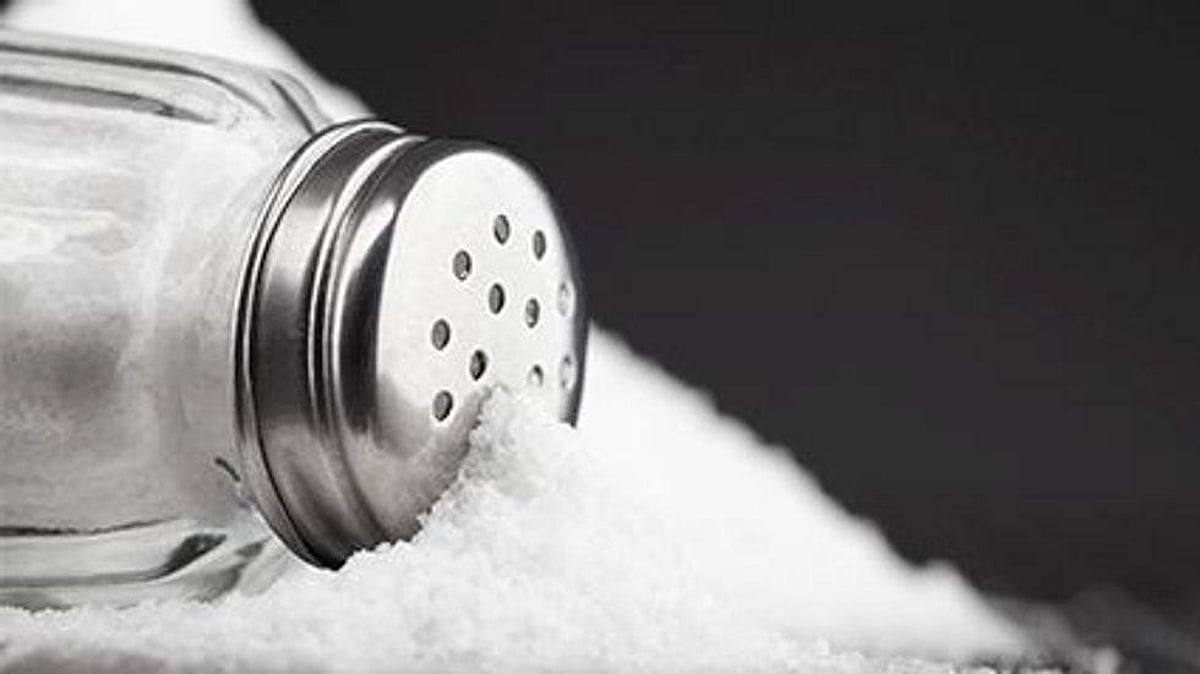FDA Reduces Recommended Salt Levels in Americans’ Food

WEDNESDAY, Oct. 13, 2021 (HealthDay News) -- The U.S. Food and Drug Administration announced Wednesday that it is lowering the recommended levels of sodium in processed, packaged, and prepared foods.
The goal of the new, voluntary guideline is to help reduce Americans' average sodium intake from 3,400 to 3,000 mg per day -- roughly a 12 percent reduction -- during the next 2.5 years.
"It's really a pivotal day for the health of our nation as the FDA is announcing a critical step in our efforts to reduce the burden of diet-related chronic disease and advance health equity," Acting FDA Commissioner Janet Woodcock, M.D., said during a media briefing announcing the new guideline. "Limiting certain nutrients, such as sodium, in our diets plays a crucial role in preventing diseases like hypertension and cardiovascular disease that disproportionately impact racial and ethnic minority groups; these diseases often result in hundreds of thousands of lives lost and billions in annual health care costs," she said in an FDA statement.
Despite the lowering of recommended sodium levels in processed and packaged products, it still does not meet the U.S. Dietary Guidelines for Americans recommended limit of 2,300 mg per day for those aged 14 years and older, the FDA noted. Roughly 70 percent of added sodium in American diets comes from packaged, processed, and restaurant foods, the agency noted.
The American Heart Association (AHA) applauded the FDA move but said the agency needs to go further in the future. "These targets will be an important driver to reduce sodium consumption, which can have significant health benefits and lead to lower medical costs," the association said in a statement. "Many members of the food and restaurant industry have begun to reduce sodium in their products. We strongly encourage the industry as a whole to adopt these targets and build upon existing efforts to reduce sodium in their products and meals."
Still, "lowering sodium intake to 3,000 mg per day is not enough. Lowering sodium further -- to 2,300 mg -- could prevent an estimated 450,000 cases of cardiovascular disease, gain 2 million quality-adjusted life years and save approximately $40 billion in health care costs over a 20-year period," the AHA said. "We urge the FDA to follow today's action with additional targets to further lower the amount of sodium in the food supply and help people in America attain an appropriate sodium intake."
Related Posts
Adverse Childhood Experiences Led to Poorer Mental Health During Pandemic
FRIDAY, Oct. 14, 2022 (HealthDay News) -- Experience of adverse childhood...
HealthDay Now: Endometriosis Patients Face Medical “Gaslighting”
Was this page helpful?
Los ‘abuelos activos’: los humanos evolucionaron para hacer ejercicio en la vejez
MARTES, 23 de noviembre de 2021 (HealthDay News) -- Convertirse en sedentario a...
